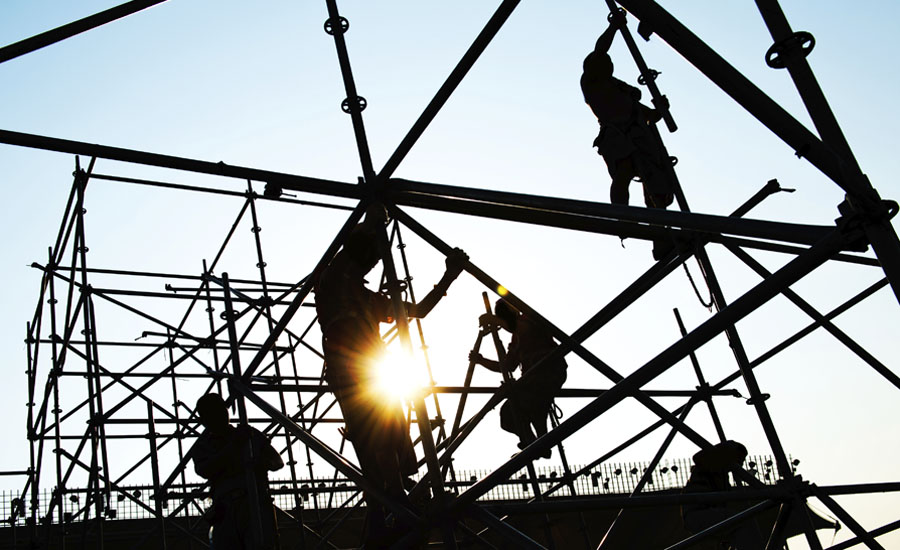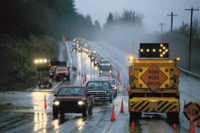New NYC law mandates construction site safety training

New construction safety training legislation establishes a program to provide equal access to construction site safety training (SST) for workers in New York City. This training is in addition to existing federal, state and local requirements.
On Oct. 16, 2017, Mayor Bill de Blasio signed Local Law 196, which amended certain provisions of the Administrative Code of the City of New York and the New York City Building Code.
The intent of the NYC law is to ensure that construction site workers have equal access to critical safety training at no cost to workers. The legislation impacts construction contractors, site owners, workers and the legal bar alike. Companies that generally do not cover the cost of such training (such as those utilizing non-union and day laborers) may be affected to a greater extent.
When fully phased-in by 2019, Local Law 196 will require that workers at certain job sites receive a minimum of 40 hours of safety training and that supervisors at certain job sites receive a minimum of 60 hours of safety training.
Under Local Law 196, safety training requirements must be completed in three phases:
• By March 1, 2018, all workers on jobsites under 10 stories must have completed at least one Occupational Safety and Health Ten Hour Course (OSHA-10).
• By Dec. 1, 2018, in addition to the OSHA-10 Course, all workers must have attained at least a Limited Site Safety Training Card, which includes a minimum of 30 hours of training. This requirement can be fulfilled by completing an Occupational Safety and Health Thirty Hour Course (OSHA-30) or an additional 20 hours of safety training or a 100-hour training program approved by the Department of Buildings. This deadline may be extended to June 1, 2019 if the Department of Buildings determines that there is insufficient capacity to provide training within the requisite timeframe.
• By May 1, 2019, workers must have a Site Safety Training Card, which indicates that they have been fully trained. In addition to the previous requirements, workers must complete an additional 10 to 25 safety training hours, to meet the required 40 to 55 hours. This deadline maybe extended to a date no later than Sept. 1, 2020 if the Department of Buildings determines that there is insufficient capacity to provide training within the requisite time frame. Id., at pp. 9-12.
Workers that must be trained under the new law are those at job sites that require a Site Safety Plan, including sites that are required to designate a Construction Superintendent, Site Safety Coordinator or Site Safety Manager. Supervisors at these job sites must also be trained, including Site Safety Managers, Site Safety Coordinators, Concrete Safety Managers, Construction Superintendents and Competent Persons.
New training topics include, but are not limited to, the following: fall protection; personal protection equipment (PPE); safely working with machines; hazardous chemicals; proper lifting techniques; confined space awareness; walking and working surfaces; electrical safety; hazard communication; concrete operations; demolition work; excavation work; material handling; material hoisting; sidewalk sheds and fences; steel erection; ladders and stairs; asbestos awareness and lead awareness.
Looking for a reprint of this article?
From high-res PDFs to custom plaques, order your copy today!







